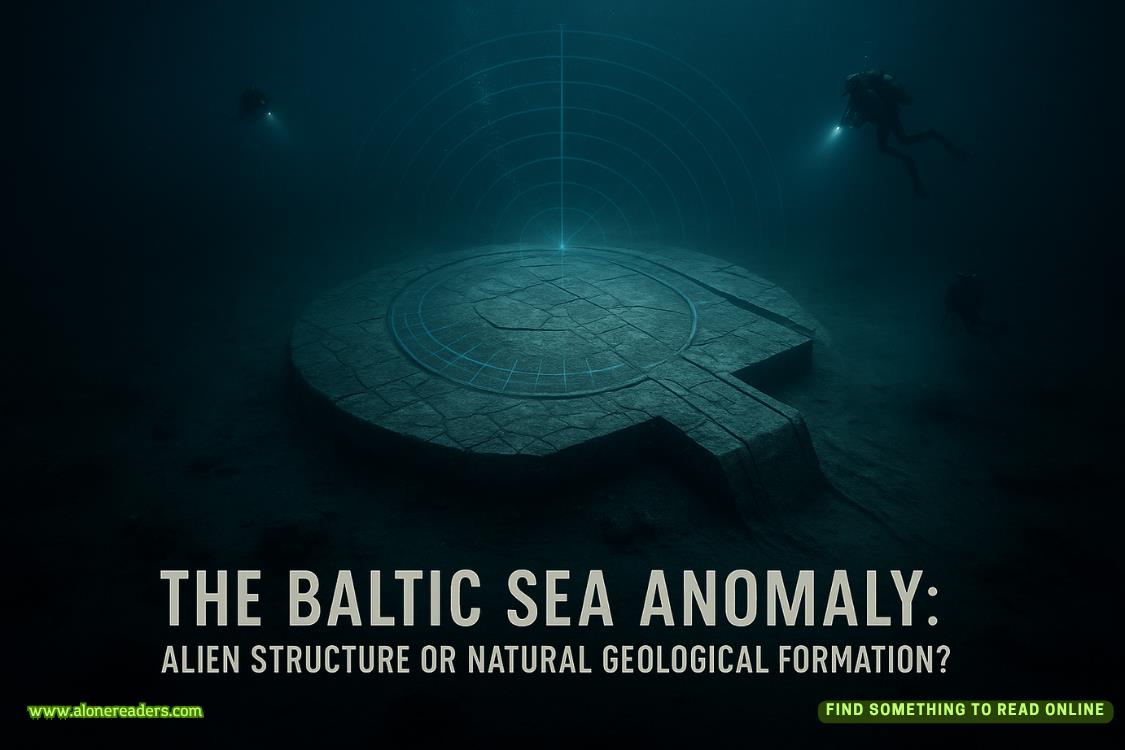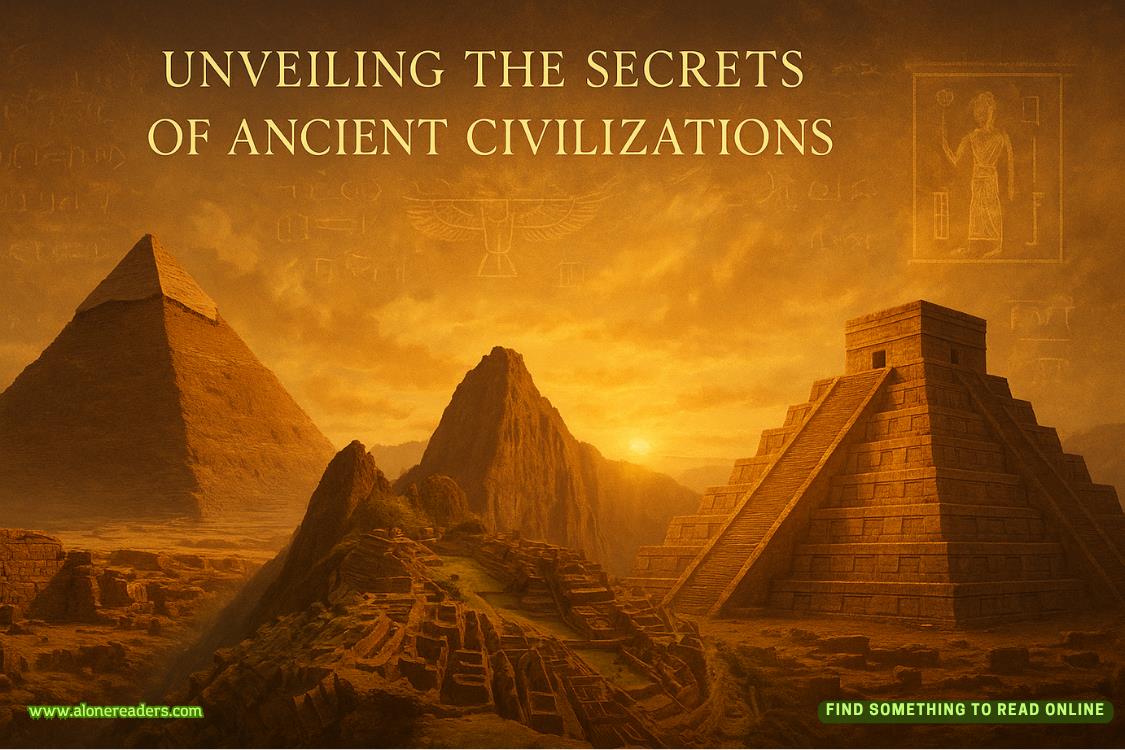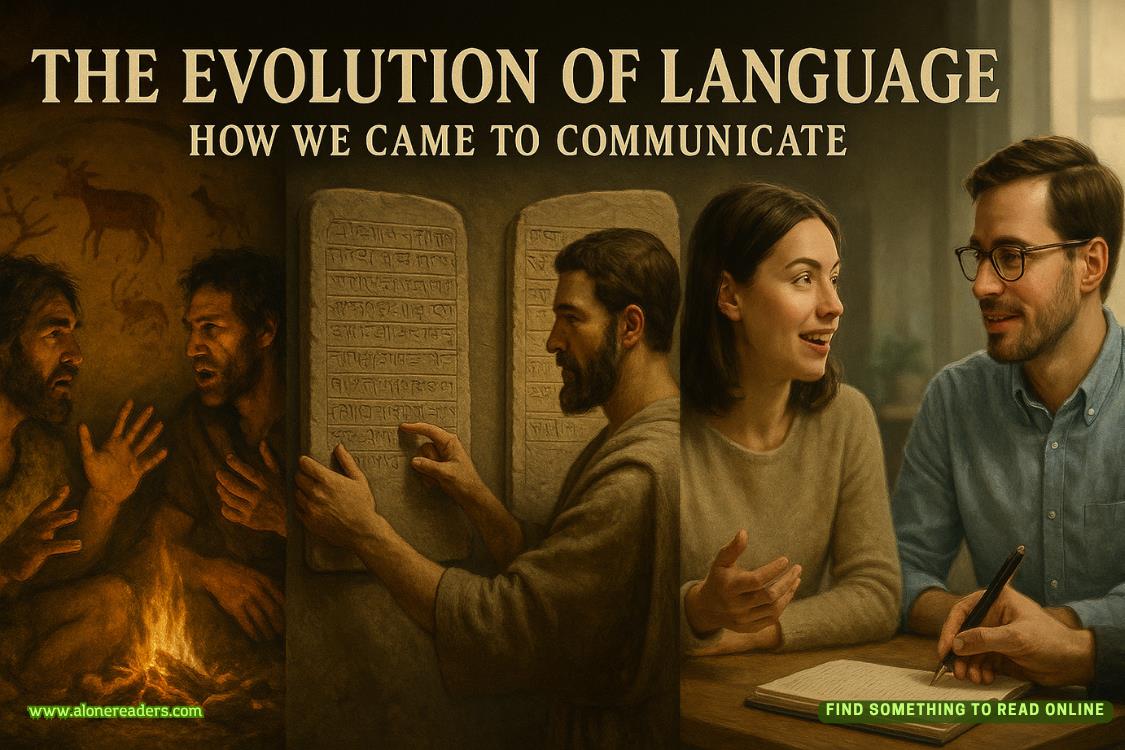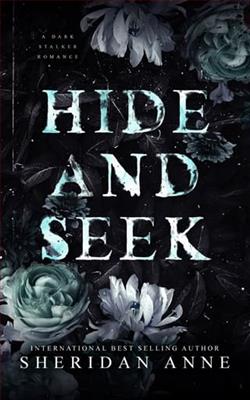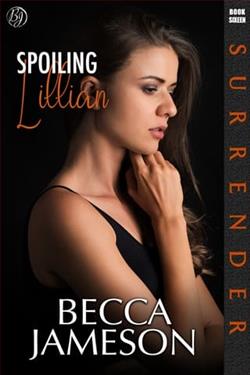Page 84 of Dreams of Joy (Shanghai Girls 2)
“Pearl, maybe it’s nothing and I don’t want you to get upset, but where my family was from a chicken feather was an urgent distress signal.”
I know nothing of country ways, but Joy must have learned them. My mood instantly turns to anxiety and fear.
I hold up the film. “She may have sent a message here as well. If there’s a message, a camera shop might not give me the prints.” My voice trembles. I cannot be afraid. I hear a Dragon’s strength when I next speak. “Let’s go to Z.G. He’s an artist. He’ll know a photographer who can develop the film.”
It’s seven o’clock by the time we reach Z.G.’s house. The servant girls let us in. Of course, Z.G. isn’t here.
“The master is at a banquet,” the girl with the bob volunteers.
The older servant sighs. She’s never going to be able to train her subordinates, but soon enough we’ve been served tea and the girls have backed out of the room. Dun sits in an overstuffed chair, and I pace impatiently. It’s after eleven before Z.G. arrives. He’s suave—like a movie star—showing no surprise that Dun and I are here so late at night.
“Have my girls been treating you well?” he asks. “Have you eaten yet? Can they pour you more tea?”
Here I am, in a desperate moment, and he’s thinking about manners.
“We think Joy’s in trouble. She sent a roll of film. Do you know anyone who can develop it?”
Dun explains about the chicken feathers, and Z.G. instantly recognizes their significance from a tale his grandmother used to tell. The concern on the two men’s faces terrifies me, but I try to stay calm. Z.G. motions to us, and we follow him back outside. We walk quickly through the deserted streets. It’s nearly midnight. In the New China, there are no late night strollers, people on their way to nightclubs or teahouses for final drinks, no prostitutes waiting to amuse. It’s just the three of us, skirting down one alley after another. We dip into a courtyard and climb four flights of stairs. Z.G. bangs on a door. A man in a gray undershirt and baggy drawers answers.
“Hey, Z.G., it’s been a long time. But it’s late. What are you doing here?” He rubs his eyes to get the sleep out of them.
“Old friend, you need to do me a favor,” Z.G. says, pushing the man back into his apartment.
Within minutes, the four of us are packed into a tiny darkroom illuminated by the glow of a bare red lightbulb that dangles from a cord. The photographer mixes chemicals and develops the film. He hangs the negatives on a line, and we wait impatiently for them to dry. Then he makes contact prints, which are put in a tray with a solution. The first image that comes into focus in its chemical bath shows an owl painted on the side of the leadership hall. The photographer sucks air through his teeth. “Bad,” he mumbles. The other two men nod their heads somberly.
“What’s wrong?” I ask.
“Owls are always taken as criticism,” Dun explains. “Add that to the message of distress from the chicken feathers.”
Z.G.’s friend hangs the first print on the line and then proceeds to develop a series of images showing the mural from each side of the leadership hall, with some details thrown in for good measure. Spaceships, giant corn, and even more chickens. How easy it is to spot my daughter’s work as opposed to what Tao or the other people who must have helped painted. Then come photographs with Joy standing in front of the mural, her face thin, dressed in layers of padded clothes, and holding Samantha, who is equally bundled.
“Why doesn’t she show the baby?” I ask. “I’m the grandmother. I want to see her.”
Despite my impatience, Z.G.’s friend hangs each of these prints on the line. The next photograph shows Joy standing before what looks to me like Jesus on the cross, but maybe I’m seeing things. Once again, the photographer shakes his head. Is he worried for my daughter’s safety or his own? Then he places the last photograph in its chemical bath. He swishes the paper with a pair of tongs. The image that comes into focus is one I won’t forget as long as I live. Joy has taken off her jacket and unwrapped the baby. The person taking the photograph has come close so I can see my daughter and granddaughter. If I didn’t know this was Joy, I wouldn’t recognize her. She looks more like a ghost than a human. We stand in silence for a long moment, each of us absorbing what this means. Dun is the first to speak.
“We have to get her. We have to get her now.”
“He’s right,” Z.G. says. “We have to go out there. We have to get her.”
“But how?” I ask.
“We could submit applications for travel permits, but …” Dun hesitates, not wanting to state the obvious. Even if we applied for travel permits, there’s no guarantee we’d get them. If we did get them, it would probably be too late.
“We could walk,” I suggest.
“It’s a long way,” Z.G. says. “About four hundred kilometers.”
I won’t let that stop me. “My mother, my sister, and I walked out of Shanghai.” I hear the desperation in my voice. But even if I could walk the 250 miles or so, we’d never get there in time. I stare at the photographs, despair creeping over me. Then it hits me. “She’s also sent a hint for how to get her in an official way.”
The others eye me questioningly.
I gesture to the photographs of the mural hanging around us. “Joy said it is a ‘model project made by a model commune.’ ”
Z.G. pinches his chin, slowly nodding, deep in thought. “We’ll get permission to see it,” he says at last. “We’ll go to the Artists’ Association as soon as it opens. We’ll make them send us.”
That seems unlikely, but I have to trust Z.G. or else I’ll go crazy. He pulls the photographs off the line and hands them to me.
“Go home,” he continues. “Get some clothes and—”
